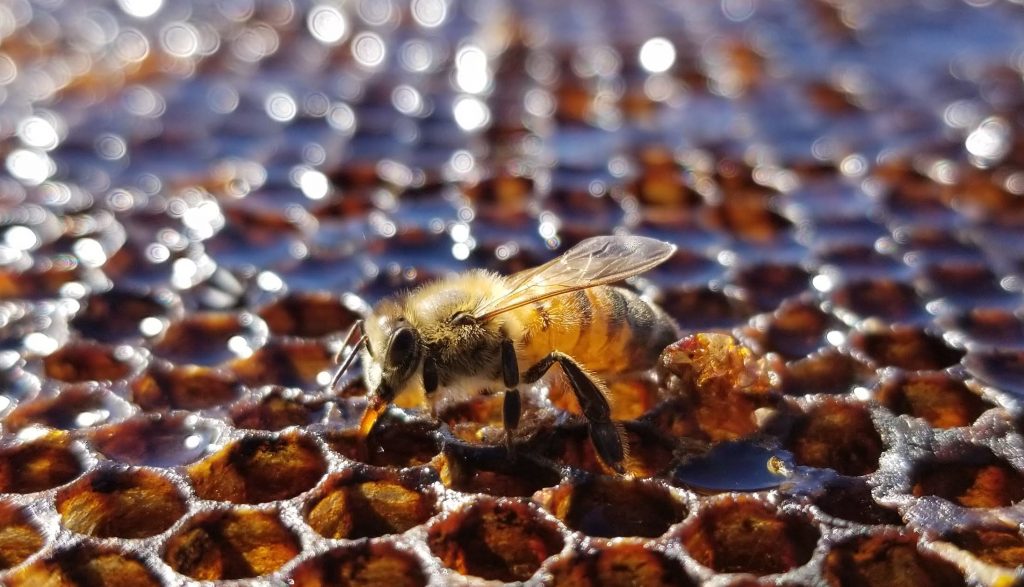
Bees need water for several reasons. They use it to aid in digestion, make royal jelly, dilute honey, and cool down their hive1. Specifically, honey bees require water for two main purposes:
- Temperature Regulation: During the hot summer months, worker bees collect water and bring it back to the hive. Stored in their crop, they deposit it for house bees to distribute within the hive. These house bees fan the liquid, effectively air-conditioning the hive and maintaining a balmy temperature of 91-97°F2.
- Honey Thinning: In winter, bees use water to thin crystallized honey. This ensures that the honey remains smooth and consumable. Having enough honey is crucial for their survival during the colder months, as it provides the necessary energy for heating the cluster and protecting the queen2.
Honey bees collect water from various sources, including damp rocks, branches, muddy puddles, pond edges, and drops adhering to vegetation. They swallow the water and store it in their crop before flying back to the hive. Through a process called trophallaxis, they directly transfer the water to waiting in-hive workers, ensuring the colony has access to this essential resource1. So, whether it’s a puddle or a pond, bees are resourceful in finding water!
Honey bees aren’t too picky when it comes to water sources. They’ll happily slurp up from puddles, ponds, brooks, and even your gutters. Interestingly, they’re also attracted to saltwater pools and pools with chlorine. Besides that, plant secretions, guttation drops, wet compost, and recently turned soil catch their attention. So, whether it’s pristine or a bit murky, bees are resourceful in quenching their thirst! 12
Bees find water in various places, relying more on scent than sight. They’re drawn to water that emits earthy aromas, such as wet earth, moss, aquatic plants, and even decomposition. So, while pristine tap water might seem ideal to us, bees often prefer the smellier options! 12
Bees communicate the location of water sources through an intricate dance known as the waggle dance. When a bee finds a water source, she performs this movement-based communication near the hive entrance. Through the waggle dance, she conveys two critical pieces of information to her hive mates:
- Direction: The angle of the waggle dance indicates the direction relative to the sun. For example, if she waggles straight up, the water source is directly toward the sun; if she waggles at an angle, it corresponds to the sun’s position.
- Distance: The duration of the waggle phase provides information about the distance to the water source. Longer waggles indicate greater distance, while shorter waggles signify a closer location.
This fascinating dance acts as a map, guiding other bees to the vital water resource they need for survival! 12
So, water is essential for bees’ well-being and hive functionality! 🐝💧
What happens when a honey bee falls into water? When honey bees fall onto the surface of water, their wetted wings lose aerodynamic ability. However, they can still move forward by beating their wings. This motion results from the wings acting as hydrofoils. The bee’s wings create a wave that its body rides forward, allowing it to hydrofoil or surf toward safety. Slow-motion video reveals that the wings curve downward when pushing down the water (providing thrust) and curve upward when pulling back up, out of the water (recovery stroke). The water clinging to the underside of the wing gives bees the extra force they need to propel themselves forward12.
References
https://www.honeybeesuite.com/water-sources-for-bees/
“Honeybees use their wings for water surface locomotion”: https://www.pnas.org/doi/pdf/10.1073/pnas.1908857116